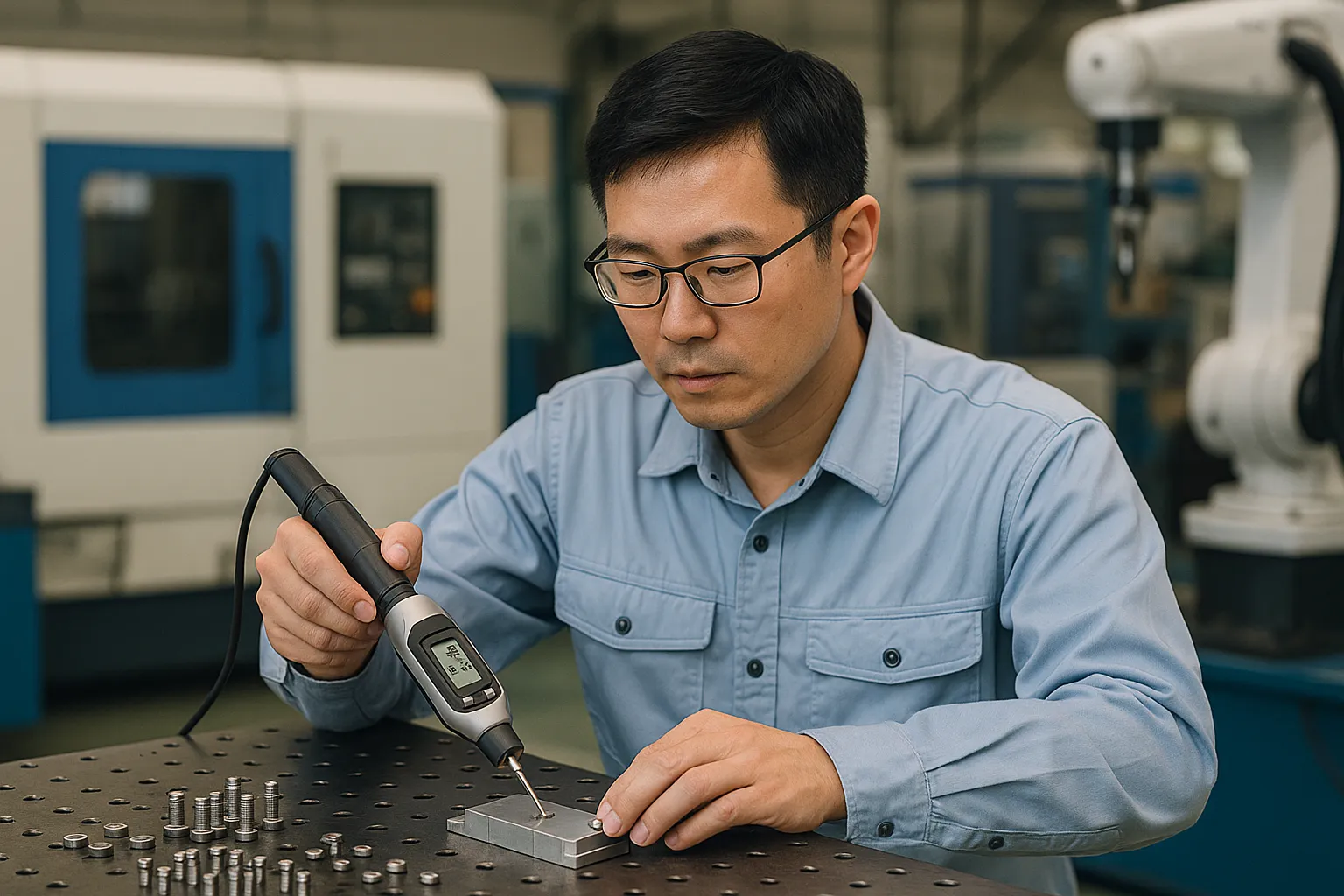Column
media
media
column

Screw fastening is a critical final process that influences the reliability and safety of a product. However, in recent years, conventional manual-based operations are reaching their limits due to the aging of skilled workers, labor shortages, shorter design cycles, and increasing demands for traceability. The number of industrial robots in operation worldwide is on the rise, reaching approximately 4.28 million units in 2023. The Asian region, in particular, accounts for 70% of the total, making the automation and advancement of fastening processes an essential requirement. This article provides a detailed explanation for personnel in production technology, quality control, and procurement on the fundamentals of screw fastening automation, torque management, JIS/ISO standards, the latest trends in AI/IoT, and case studies of implementation and their effects in the Vietnamese manufacturing industry.
The objectives of automation are “stable quality,” “throughput improvement,” and “reduction of skill dependency.” The process consists of the following three stages:
Typical problems such as cam-out (the driver slipping out of the screw head) and insufficient or excessive torque can be addressed through multi-stage fastening and setting conditions specific to the material.
JIS B 0205 specifies the basic profile and dimensional system for metric screw threads, while ISO 16047 defines the test conditions for torque-clamp force. Utilizing these standards enables the standardization and comparative verification of fastening conditions, which directly leads to quality stabilization. For critical parts, ensuring traceability through the storage of fastening data and serial number management is indispensable.
AI analysis enables the early detection of signs of abnormalities, realizing predictive maintenance. IoT integration allows for remote monitoring and the storage of data for all points, which aids in preventing the recurrence of quality defects. Furthermore, the automation of visual inspection using image processing technology helps to establish a zero-defect system.
Vietnam offers low-cost and flexible production capabilities, and the introduction of automation is expected to yield the following benefits:
Ohta Vietnam provides comprehensive support, from the supply of JIS/ISO compliant screws to IoT-based torque management.
The automation of the fastening process and the utilization of AI evolve quality assurance from “inspection of results” to “management of process.” By setting conditions based on JIS/ISO standards and implementing data-driven optimization, it is possible to improve both cost and quality simultaneously. To gain a competitive advantage in the global market, including Vietnam, early adoption and standardization are recommended.
For inquiries regarding samples or materials, please respond to this email or contact our sales representative!
At Ohta Vietnam, we not only provide ready-made products such as screws and bolts, but also support activities in the manufacturing field such as cutting, inspection, assembly, packaging…
Our equipment list is here
As a “specialized support” for the manufacturing industry in Asia. If you have any related questions, feel free to contact Ohta Vietnam for detailed support!
URL: https://ohtavn.com/en/contact/